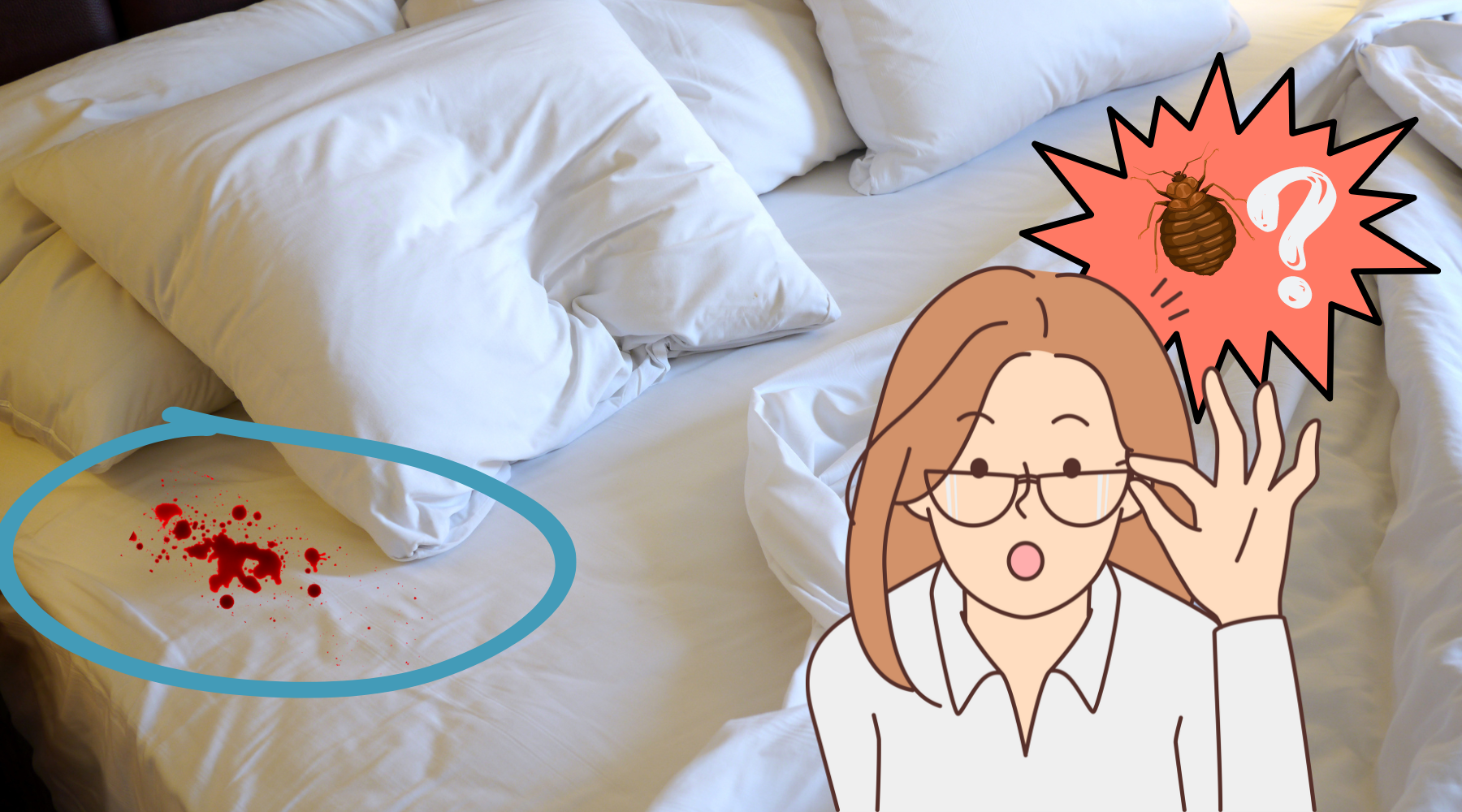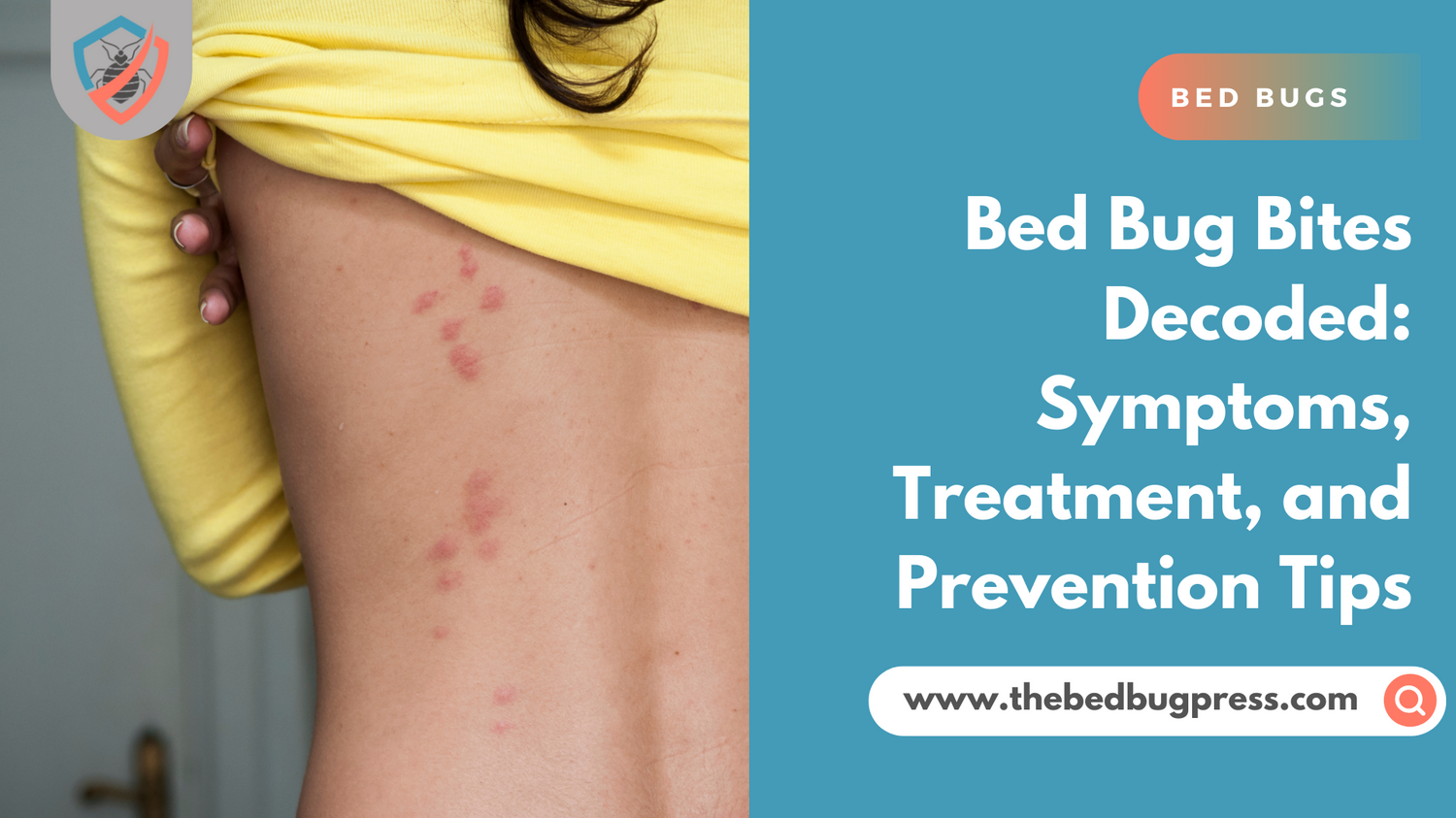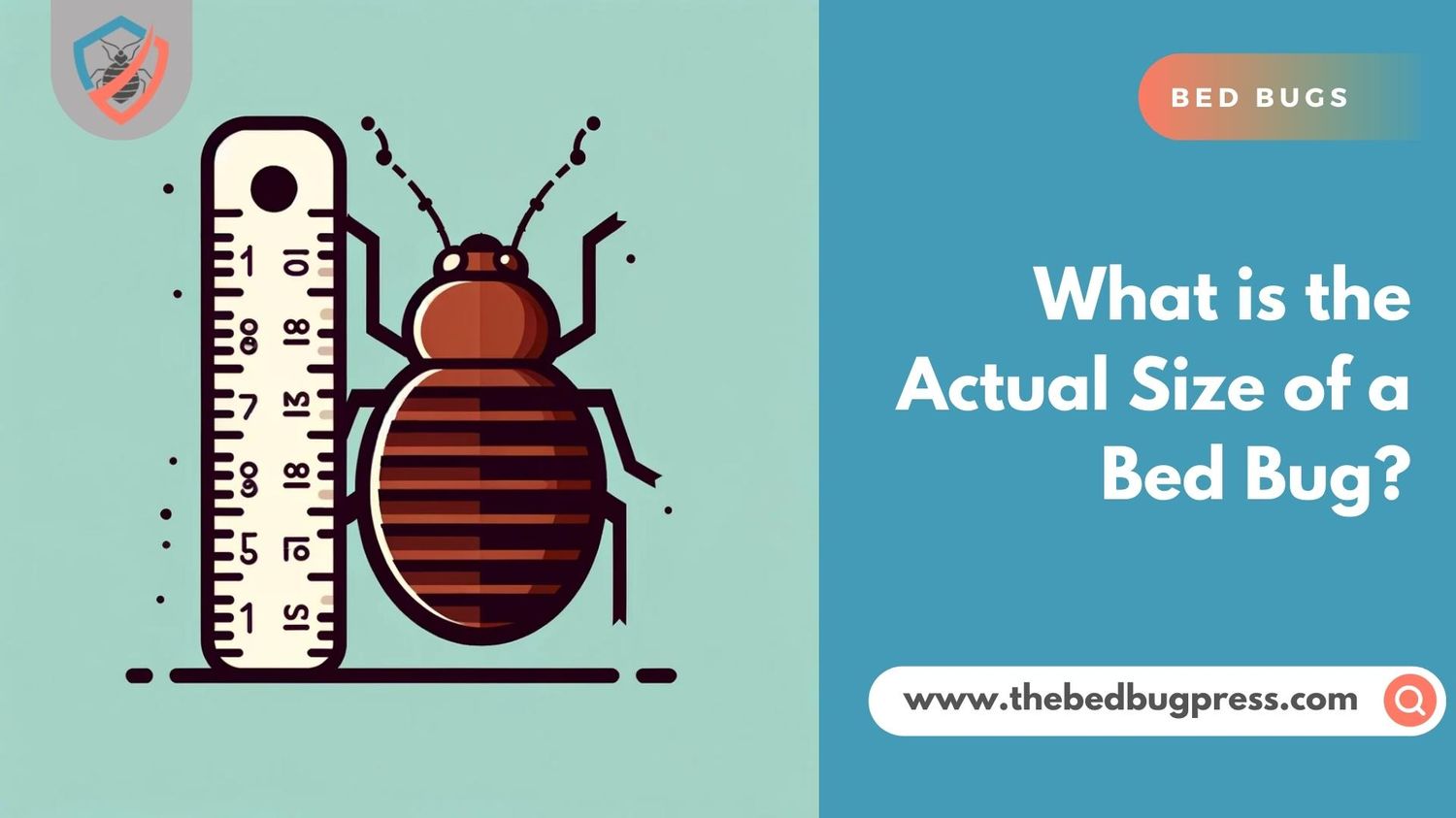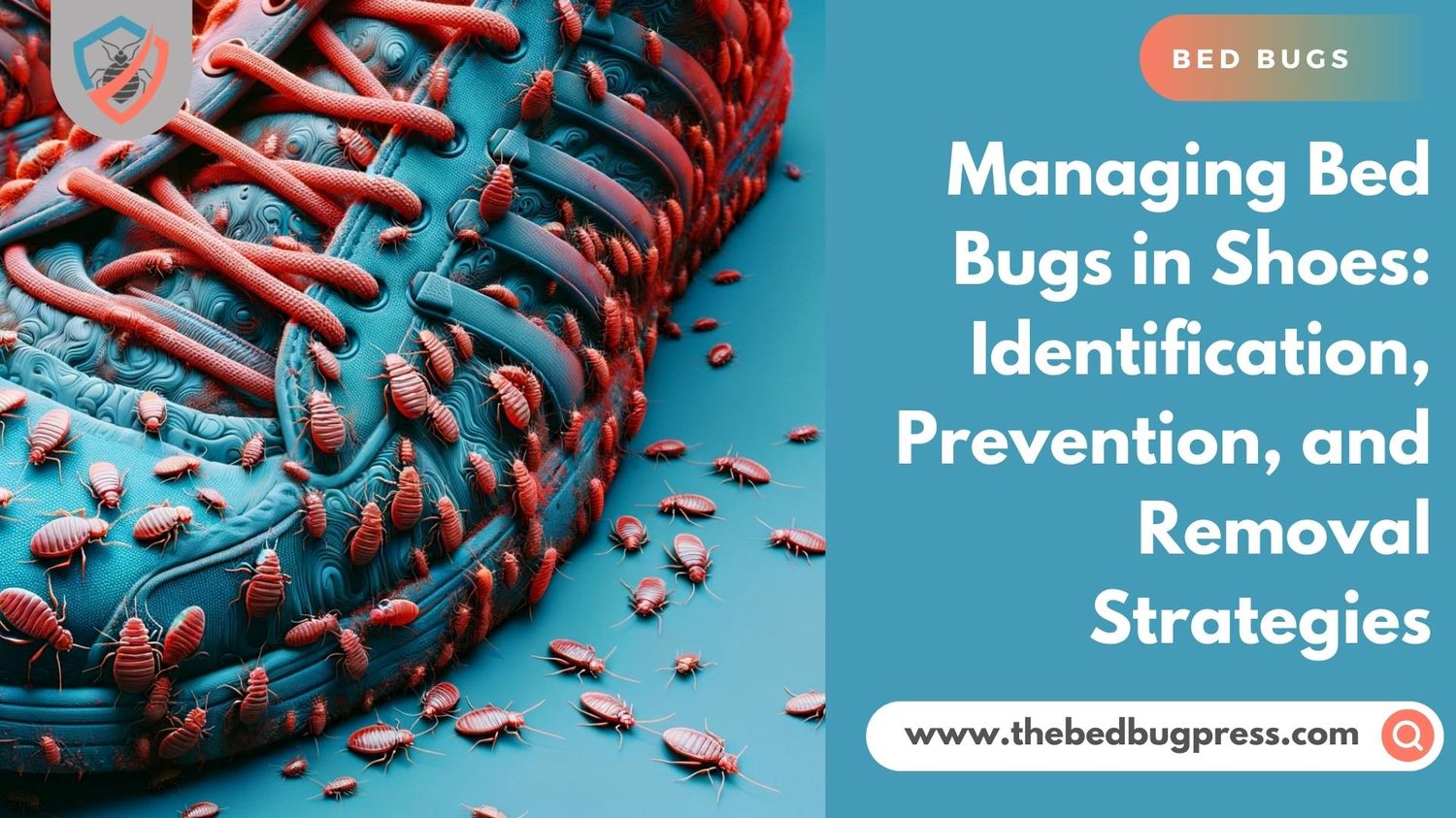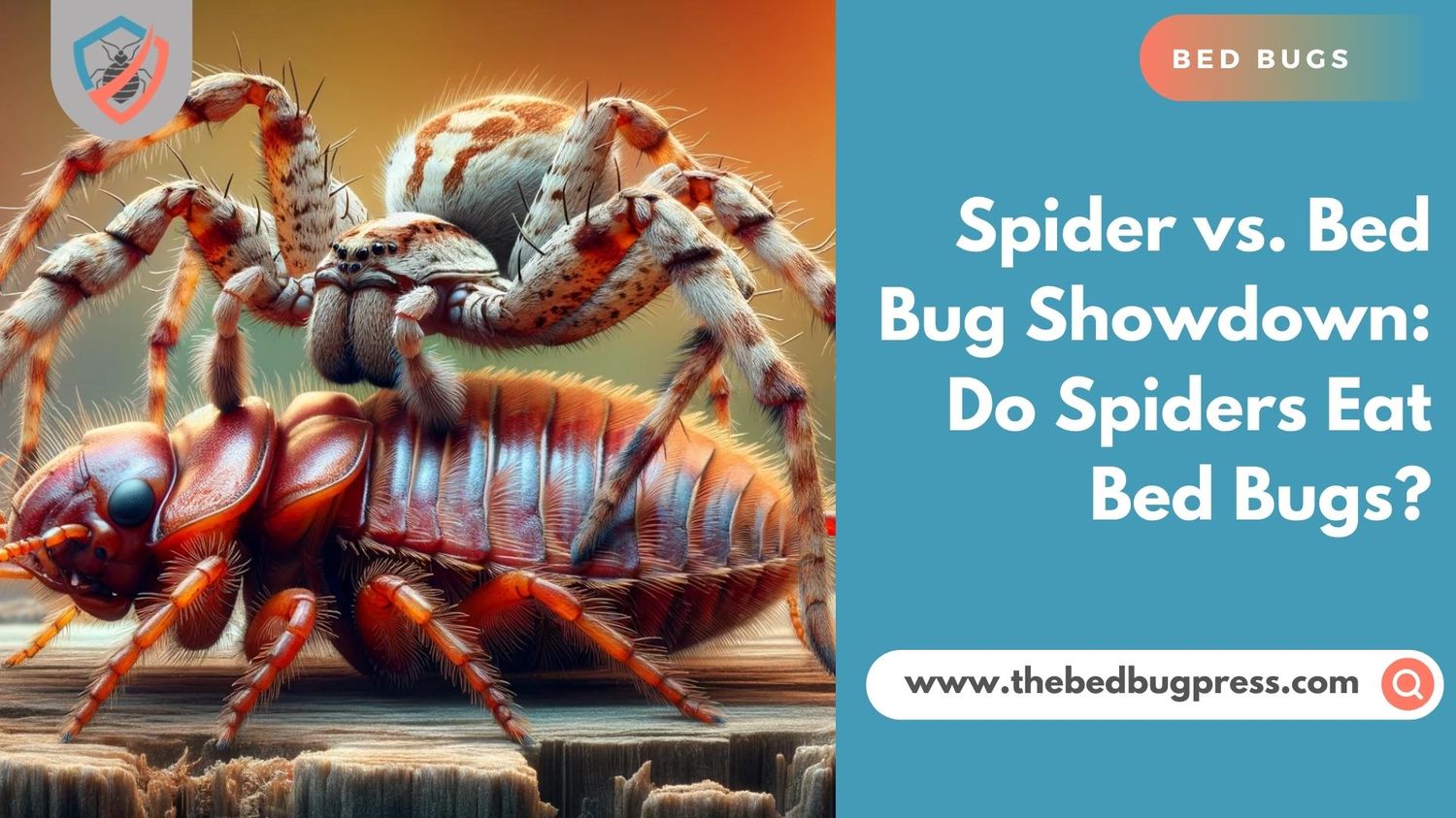Unwanted guests in our homes can be a nuisance, and one unwelcome visitor can leave a rather unsettling clue behind. Picture this: you wake up, only to discover tiny stains on your sheets. Panic sets in as you wonder, “Is the blood on the sheets from bed bugs?” In this intriguing exploration, the mystery behind those mysterious marks will be unraveled as you read through and shed light on the identity of the culprit, revealing the chilling truth lurking within our beds.
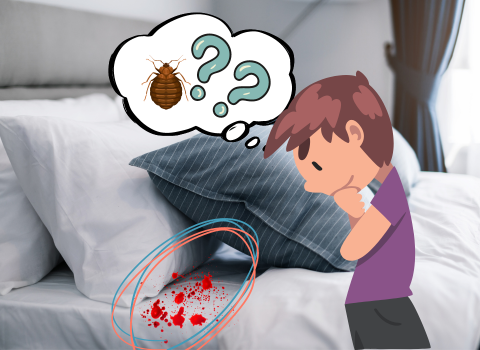
Is Blood on Sheets an Obvious Sign of Bed Bugs?
When it comes to our sleep sanctuaries, nothing can be more distressing than the thought of bed bugs invading our cozy haven. Waking up to find bloodstains on your sheets can send shivers down your spine, triggering a flurry of questions. Are these crimson marks a telltale sign of bed bug infestation, or could there be another explanation? You’ll get to know more about these below:
Understanding Bed Bugs:
Before diving into the significance of bloodstains, let’s familiarize ourselves with the notorious bed bug. These tiny, reddish-brown insects are nocturnal parasites that feed on the blood of warm-blooded animals, including humans. Bed bugs typically hide in mattresses, cracks, and crevices near beds, making them incredibly difficult to detect.
The Causes of Blood on Sheets:
While bed bugs are known for leaving behind bloodstains, it is crucial to consider other potential sources. Factors such as accidental wounds, minor cuts, or even scratching during sleep can lead to small traces of blood on your bedding. Additionally, certain medical conditions or menstrual cycles can also contribute to stained sheets.
Identifying Bed Bug-Related Bloodstains:
To differentiate between bloodstains caused by bed bugs and other sources, there are a few key characteristics to look out for.
Bed bug bites tend to form clusters or straight lines, appearing as small red welts on the skin.
The bloodstains left behind by bed bugs often have a rusty or dark brown color due to the digestion process within their bodies.
Consideration of Other Bed Bug Signs:
While bloodstains can be an indicator, it is crucial to examine other signs of bed bug infestation for a comprehensive assessment. Keep an eye out for:
Discarded exoskeletons
Dark fecal spots (resembling tiny black dots)
A distinct musty odor is often described as sweet or sickly.
Blood on sheets should be approached with caution when considering a bed bug problem or infestation. While it can be an obvious sign, it is essential to consider alternative explanations such as accidental wounds or medical conditions. By examining the presence of other bed bug-related signs, you can piece together a clearer picture of the situation.
Are These Bed Bug Bites Blood on Sheets? How to Confirm?
Imagine waking up with mysterious bites on your skin and discovering small bloodstains on your sheets. The immediate thought that comes to mind is whether these bites are caused by bed bugs and if the bloodstains confirm their presence.
Below are ways to confirm if those bites are indeed bed bug bites and essential steps to investigate the possible bed bug infestation further.
Examining the Bite Pattern:
Bed bug bites usually manifest as groups or a row of red welts on uncovered parts of the body, like the arms, legs, neck, or face. These bites commonly cause itchiness and irritation. Examine the pattern of the bites on your skin to see if they align with the characteristics commonly associated with bed bug bites.
Inspecting the Bloodstains:
While bloodstains on sheets can be a sign of bed bug activity, it is essential to consider other potential sources. Carefully examine the bloodstains to determine if they are consistent with bed bug-related stains. Bed bug bloodstains tend to have a rusty or dark brown color due to the digestion process within the insects’ bodies. Additionally, bed bug stains may appear as small dots or smears on the sheets.
Searching for Other Evidence:
Confirming bed bug infestation requires looking for additional evidence beyond just bites and bloodstains. Conduct a thorough inspection of your mattress, bed frame, headboard, and nearby furniture. Look for live bed bugs, discarded exoskeletons, dark fecal spots (which resemble tiny black dots), and a distinctive musty, unpleasant odor that bed bugs emit.
Seeking Professional Help:
If you are unable to definitively confirm the presence of bed bugs or if you require expert assistance, it is recommended to contact a professional pest control service. Trained professionals can conduct a comprehensive inspection of your home, identify the presence of bed bugs, and provide appropriate treatment options.
While the presence of signs of bed bugs, bug bites, and bloodstains on sheets can raise concerns, you must go through a systematic process to confirm the involvement of bed bugs.
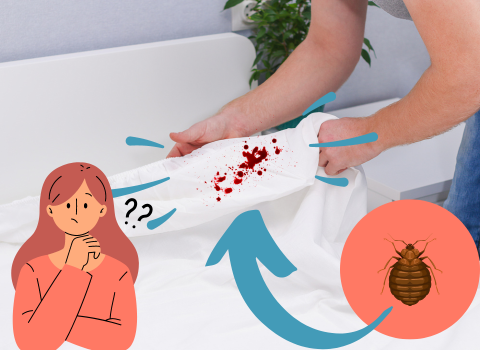
Will A Bed Bug Leave Blood on Sheets?
Yes, bed bugs tend to leave bloodstains on sheets. When bed bugs bite, they pierce the skin and feed on blood. During this feeding process, bed bugs hide but they can sometimes get crushed or squashed, resulting in the release of their own blood or partially digested blood onto the sheets.
These bloodstains left behind by bed bugs often appear as small dots or smears and may have a rusty or dark brown color. However, keep in mind that bloodstains alone are not definitive proof of a bed bug infestation, as there could be other explanations for blood on sheets, such as accidental wounds or medical conditions.
Therefore, it is crucial to consider other signs of bed bug activity and conduct a thorough inspection to confirm the presence of live bed bug bugs.
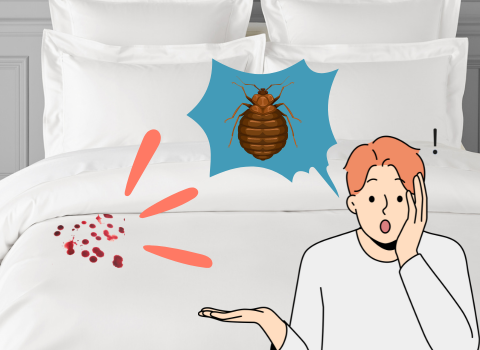
What Marks Do Bed Bugs Leave on Sheets
Bed bugs can leave various marks on sheets, which can provide clues about their presence. Here are the common marks that bed bugs may leave on sheets:
Bloodstains:
When bed bugs feed on human blood, they can leave behind small bloodstains on the sheets. These stains may appear as small dots or smears and often have a rusty or a dark red or brown color.
Fecal Spots:
Bed bugs produce fecal matter after feeding, which often appears as dark spots or stains on sheets. These fecal spots are usually small, black, or dark brown, and may resemble ink marks or pepper flakes.
Smears or Smudges:
As bed bugs move around on the sheets, they may leave behind smears or smudges. These marks can be a combination of feces, crushed bodies, and partially digested blood. They may appear as irregular-shaped stains on the fabric.
Bed Bug Casings or Shells:
Bed bugs shed their exoskeletons (casings) as they grow and molt. These discarded shells can be found on sheets and other bedding materials. They are typically translucent or pale yellow in color and may resemble empty, papery skins.
The presence of these marks alone may not be conclusive evidence of a bed bug infestation.
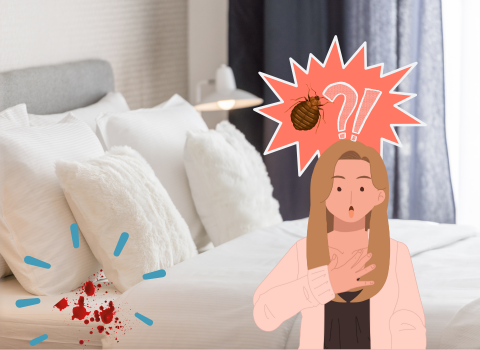
What Color is Bedbug Blood When on Sheets
Bedbug blood typically appears a dark reddish-brown color when found on sheets. When bedbugs feed on a host, their bodies digest the blood, and as a result, the blood undergoes certain chemical changes. This digestion process can cause the bed bug blood to have a rusty or dark brown hue.
So, if you observe bloodstains on your sheets that are dark reddish-brown in color, it could be an indication of bedbug activity. However, the bloodstains alone are not definitive proof of a bedbug infestation, as there could be other explanations for finding blood stains on sheets.
Therefore, it’s essential to consider other early signs of bedbug presence and conduct a thorough inspection to confirm the infestation.
Is There Always Blood on Bed Sheets from Bed Bugs
No, there may not always be visible blood on the bed sheets from bed bugs. While bed bugs do feed on blood, they have specialized mouthparts that enable them to bite and withdraw blood from their hosts without necessarily leaving behind visible bloodstains. Some people may not even have noticeable reactions to bed bug bites, which can further reduce the chances of seeing blood on the sheets.
However, adult bed bugs can accidentally get crushed or squashed during feeding or movement, resulting in the release of their own blood or partially digested blood onto the sheets. These instances may lead to visible bloodstains, but they are not guaranteed with every bed bug infestation.
The absence of visible bloodstains does not rule out the presence of bed bugs. Conducting a thorough inspection and seeking professional assistance if needed is recommended for accurate identification and effective treatment.
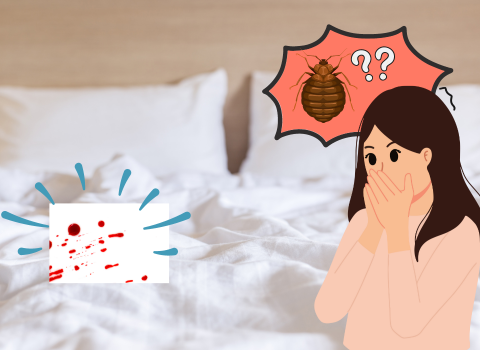
How to Get Rid of Blood on Sheets?
To get rid of bloodstains on sheets, you can follow these steps:
Act quickly:
It’s generally easier to remove fresh bloodstains compared to older ones, so try to address the stain as soon as possible.
Rinse with cold water:
Start by rinsing the bloodstained area under cold running water. Avoid using hot water, as it can cause the blood to set further into the fabric.
Pre-treat the stain:
Create a mixture of cold water and a mild detergent or enzyme-based stain remover. Apply this solution directly to the bloodstain and gently rub it into the fabric. Allow it to sit for a few minutes to help break down the stain.
Launder according to care instructions:
Wash the sheets in the washing machine using cold water and appropriate laundry detergent. Be sure to follow the care instructions on the sheet’s label.
Check the stain before drying:
After washing, check to see if the bloodstain has been completely removed. If the stain is still noticeable, repeat the pre-treatment and washing procedures until it disappears.
If the stain persists, avoid drying:
To prevent the stain from setting, refrain from using the dryer if the bloodstain persists after washing. Instead, air-dry the sheets and repeat the stain-removal process before attempting to launder them again.
Consider using stain-removing products:
If the stain persists, you may want to try commercial stain removers or natural alternatives like hydrogen peroxide or baking soda. Be sure to test these products on a small, inconspicuous area of the sheets first to ensure they don’t cause any damage or discoloration.
Remember, it’s always best to refer to the care instructions provided by the manufacturer for specific guidance on washing and stain removal for your sheets.

